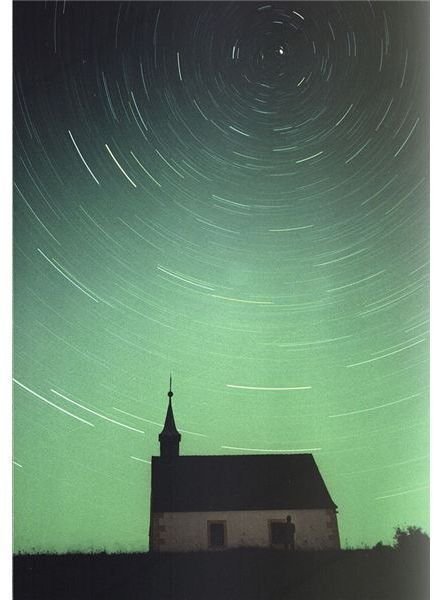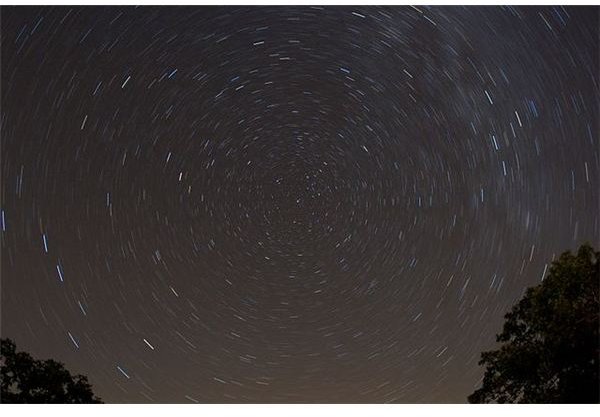Information About Circumpolar Stars
Let’s Define These Unique Stars
Circumpolar stars are stars whose diurnal circle, the path followed by a star in the sky due to the Earth’s rotation, is completely above the horizon. Stars which have their diurnal circle above the horizon, never set below the horizon, as they are close to one of the celestial poles and are visible all year long. The latitude of an observer determines which stars will be circumpolar and which set below the horizon.
Stars that are close to a celestial pole, say the north pole, move in concentric circular paths around the pole. The stars seem to rotate in small circles around the pole (as can be seen in the accompanying images) and as the distance from the pole increases, the stars move in larger circles.

At the poles, all stars that are visible are circumpolar and lie above the horizon due to their proximity to the pole. These stars lie within the diurnal circle, the center of which is at the celestial pole. At the equator, the diurnal circle completely vanishes as the celestial pole is now on the horizon, which means that no stars are circumpolar at the equator. Moving south of the equator, the south celestial pole starts to appear higher in the sky and stars that are within the diurnal circle of the south celestial pole become circumpolar.
Latitude of an Observer
The latitude of an observer determines which stars will be circumpolar. A star whose position from the north celestial pole or south celestial pole is less than the latitude of an observer will be circumpolar. For example, for an observer located at 30 degrees North, stars less than 30 degrees from the north celestial pole will be circumpolar. For an observer at -30 degrees South, stars within 30 degrees of the south celestial pole will be circumpolar.
The Pole Star
Polaris is the Pole Star, also known as the North Star. The pole star appears to remain fixed on the celestial sphere and is stationary. The pole star is directly overhead at the north celestial pole. Circumpolar stars in the northern hemisphere all appear to revolve around the pole star. The south celestial pole currently does not have a pole star similar to Polaris. However, the star Sigma Octantis is sometimes referred to as the South Star, as it lies closest to the south celestial pole.
The precession of the Earth’s axis takes approximately 26,000 years and over time the current pole star will also change. Prior to Polaris, Thuban in the constellation Draco was the pole star in the Northern Hemisphere**,** and Gamma Cephei will become the next pole star in 3000 AD. The stars around the south celestial pole will shift in time and the Southern Hemisphere will eventually have a pole star.
Constellations that are Circumpolar
In the northern hemisphere, there are 6 constellations that are circumpolar and all stars within those constellations are circumpolar. They are located above latitude 40 degrees North and include Ursa Major (the Big Dipper), Ursa Minor (the Little Dipper), Cassiopeia. Camelopardalis, Cepheus (the King) and Draco (the Dragon).
Credits
https://en.wikipedia.org/wiki/Circumpolar_star
https://sites.google.com/site/thenaturalisthandbook/circumpolar-stars
https://planet-facts.com/circumpolar-stars/
Image Credites:WikimediaCommons/Jhenline(https://commons.wikimedia.org/wiki/File:Circumpolar_stars_15min_exp.jpg)
Udo Kugel(https://commons.wikimedia.org/wiki/File:Sterneamwalberla2.jpg)
